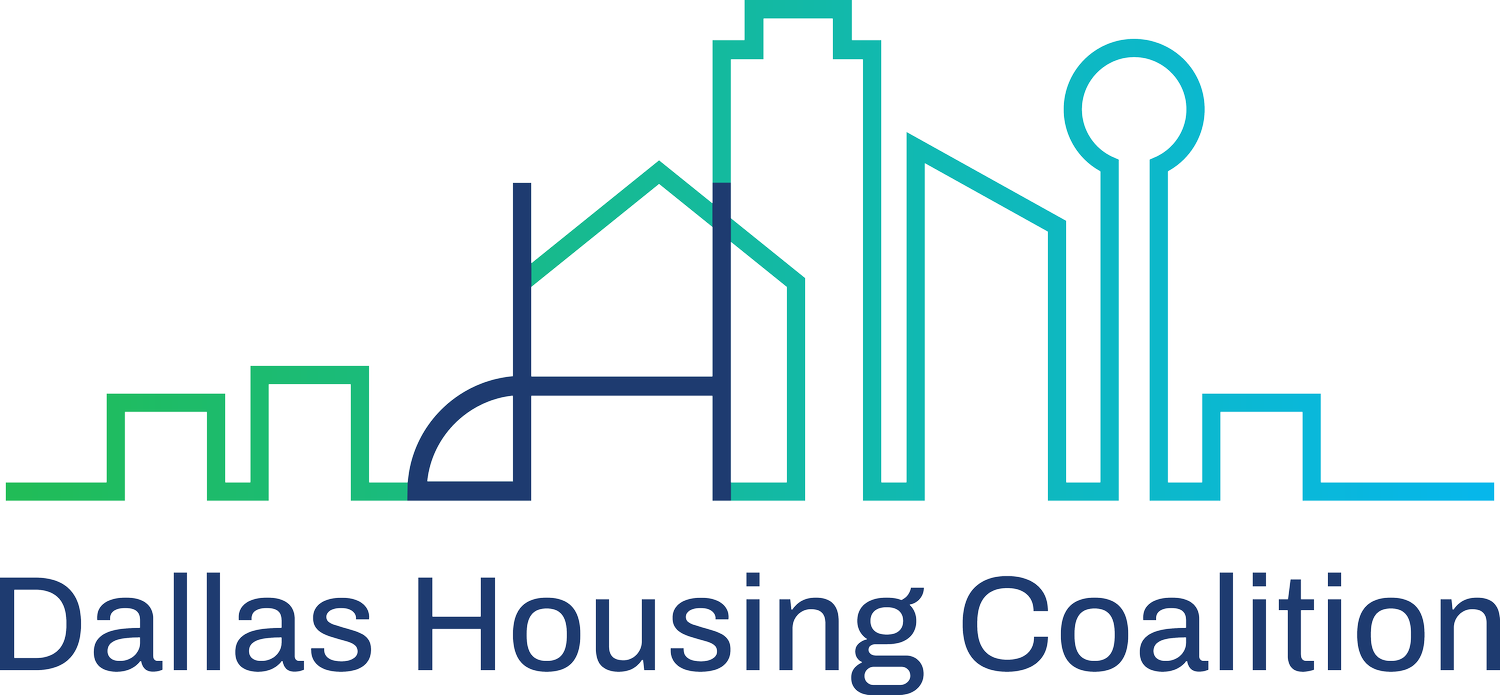
Frequently Asked Questions
Zoning Reform
What is zoning, and what does it regulate?
Zoning is a local regulatory tool that controls how land and buildings can be used. It regulates things like permitted uses (residential, commercial, industrial), where a building can be placed on a lot (setbacks), its size and bulk (height, floor area, lot coverage), parking, landscaping, signage, and accessory uses.
What are the common zoning districts?
Zoning districts include:
Residential
Office
Retail
Industrial
Agricultural
Mixed-use
What are the different types of zoning regulations?
Height density
Lot size
Parking
Coverage
Floor area ratio
Design standards
Why is Dallas updating its zoning / Development Code now?
Dallas’s current code has evolved through many ad hoc updates, becoming complex, inconsistent, and burdensome to administer. The reform aims to simplify and modernize the rules, better reflect the vision outlined in the Forward Dallas Comprehensive Plan, improve development predictability, and enable a broader range of housing types.
How will the new zoning reform relate to the ForwardDallas Comprehensive Plan?
ForwardDallas 2.0 casts a long-term growth vision and guides future land use policies and zoning decisions. The new zoning reform will transform those policies into enforceable rules by updating our zoning map and regulations to align with where and how the city wants growth to occur.
See map of Dallas’ various “placetypes” below and linked here:
Regional Open Space
Small Town Residential
Community Residential
City Residential
Flex Commercial
Industrial Hub
Airport
Neighborhood Mixed-Use
Community Mixed-Use
Regional Mixed-Use
City Center
Logistics/Industrial Park
Institutional Campus
Utility
How can the public get involved in the zoning reform process?
Public feedback is solicited at various stages, including workshops, stakeholder consultations, and written comments. These inputs help shape the proposed code before advisory committees, planning commissions, and the City Council review it.
What changes might affect residential neighborhoods (single‑family, duplexes, etc.)?
Reform may allow more housing types in places where they are currently restricted, adjust rules for building height, lot coverage, and setbacks, and better integrate transitions between more intense and less intense zones. These changes are intended to encourage housing diversity while still respecting neighborhood character.
How will the new zoning code affect parking requirements?
Dallas’ parking code amendments adopted in May 2025 removed many of the rigid, “one‑size‑fits‑all” off‑street parking minimums. It has allowed greater flexibility to right‑size parking to the context near transit, for example, while retaining minimum requirements in some instances, such as multifamily homes.
What does Dallas Housing Coalition advocate for?
Dallas needs more housing - over 39,000 multifamily homes and over 16,000 single-family homes according to the latest estimates by the Child Poverty Action Lab and buildingcommunityWORKSHOP respectively. We believe Dallas should increase housing choice and access by legalizing more housing types and allowing more housing to be built across the city for residents of all incomes, backgrounds, and stages of life. Here at DHC, we want to:
Allow more homes to be built “by right” (without going through the zoning change process or having to seek a permit, variance, etc.) or permitted with standards
Make current zoning districts more permissive to allow more residential housing and a diversity of uses, such as retail and mixed-use
Reduce minimum lot size requirements
Create "transition zones" along corridors, major streets, or adjacent to any commercial land uses, where missing middle housing types and mixed-use developments could be built
Update the new zoning code with affordable housing incentives to apply to all districts that allow multifamily development
Create live-work zoning districts that allow commercial uses by right and legalize home-based businesses
Permit accessory dwelling units (ADUs) by right
Promote the revitalization of historic buildings by permitting structures built before 1945 to be internally converted for residential and/or commercial use by right
Develop a City of Dallas library of pre-approved construction plans for homes
What is the “Code Diagnostic,” and why is it important?
The Code Diagnostic is a comprehensive review of Dallas’s current development and zoning rules, used to identify issues, redundancies, inconsistencies, and opportunities for modernization. It forms a foundation for proposing new regulations and ensuring that reform is data‑informed, transparent, and responsive to community needs.
The City of Dallas and its consultants have created an official Dallas Zoning Reform webpage, where you can find the Diagnostic Report and other resources.
What's next for zoning in Dallas?
We anticipate the City of Dallas following the below timeline:
Spring 2026: Public Draft Code 1.0
Summer 2026: Open houses, engagement, information material
Fall 2026: Public Draft 2.0 (Redline), workshops
Winter 2026 - 2027: Begin public hearings + adoption process
Will existing developments and neighborhoods be forced to change under the new code?
In general, zoning reforms aim to balance progress with stability, so many existing lawful uses or conforming developments would likely be grandfathered or otherwise protected. That said, the reform may introduce new rules about bulk, setbacks, or allowable housing types for future development.
What additional resources does the Dallas Housing Coalition have?
With the support of our members, we have compiled several resources that are available for your reference:
To get more involved in zoning reform, we invite you to become a member and join one of our working groups.

